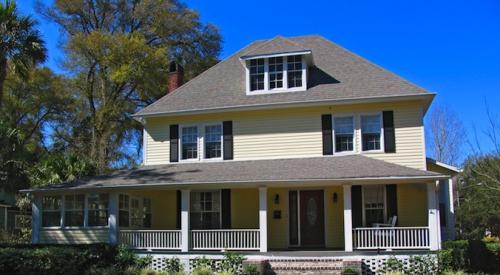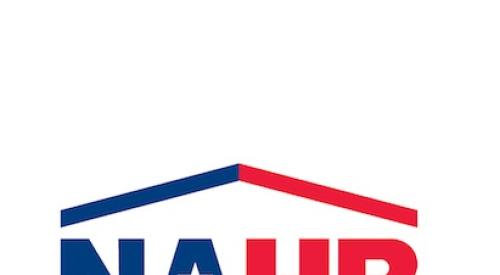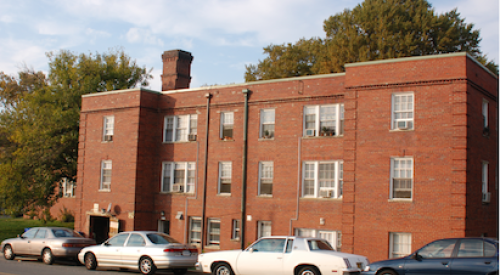Earlier this year, there was concern about overbuilding in the apartment sector, but demand for multifamily properties is likely to be stronger than originally anticipated.
Freddie Mac economists expect that the construction of 440,000 units annually will be needed to meet apartment demand over the next 10 years due to the decline in household formation. That figure is greater than last year when starts of multifamily buildings with five or more units reached 295,000 units, a level which previous research suggested was near the comfortable rate for new supply. The sector already exceeded the build average by 50,000 units during the first half of 2014.
Freddie Mac, in its “Mid-Year Outlook 2014” report, stated that 3.9 million households that should have formed in the United States didn’t because of the recession and uneven economic recovery. Adults between 18 and 34 account for almost 75 percent of these “pent-up households,” and this demographic are more likely to rent than own a home. The pent-up households eventually will become actual households as the economy recovers, 1.7 million will live in multifamily rental properties.
The government-sponsored enterprise (GSE) projects housing prices will grow faster than inflation in the next two years—5 percent this year and 3 percent in 2015—and with the gradual increase in rates for 10-year Treasury notes, mortgage rates could climb to 5.2 percent by the end of 2015. Those two factors could hurt the ability of consumers to buy a home. Steve Guggenmo, economist for the GSE, says a change of just one percent in the homeownership rate could have a large impact on apartment demand. Freddie Mac forecasts that demand for new apartments over the next decade will be 63 percent higher than the historical average of annual completions between 1995 and 2007.












